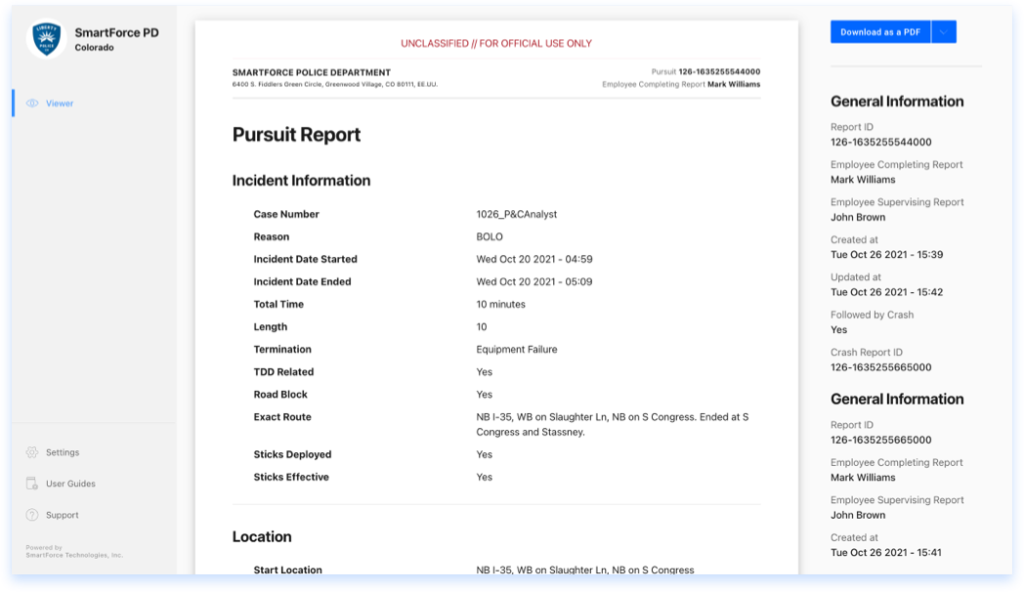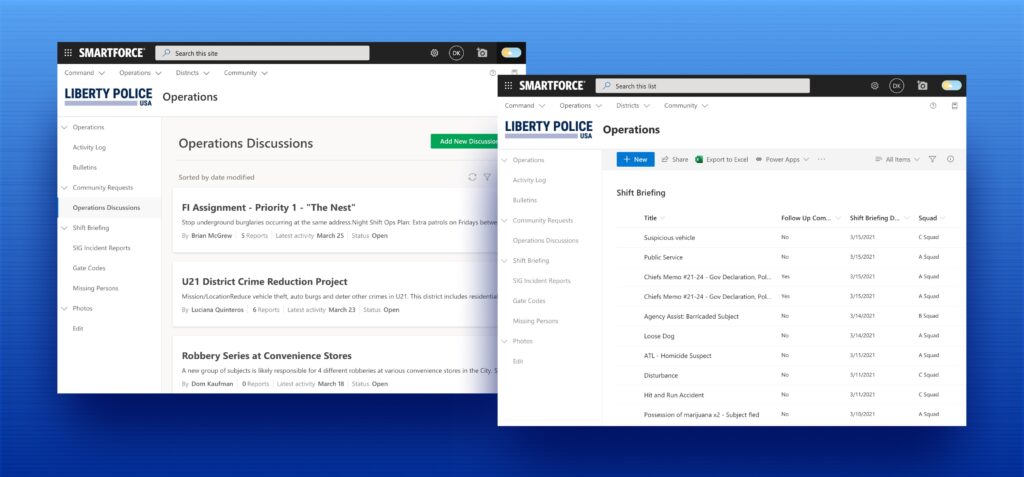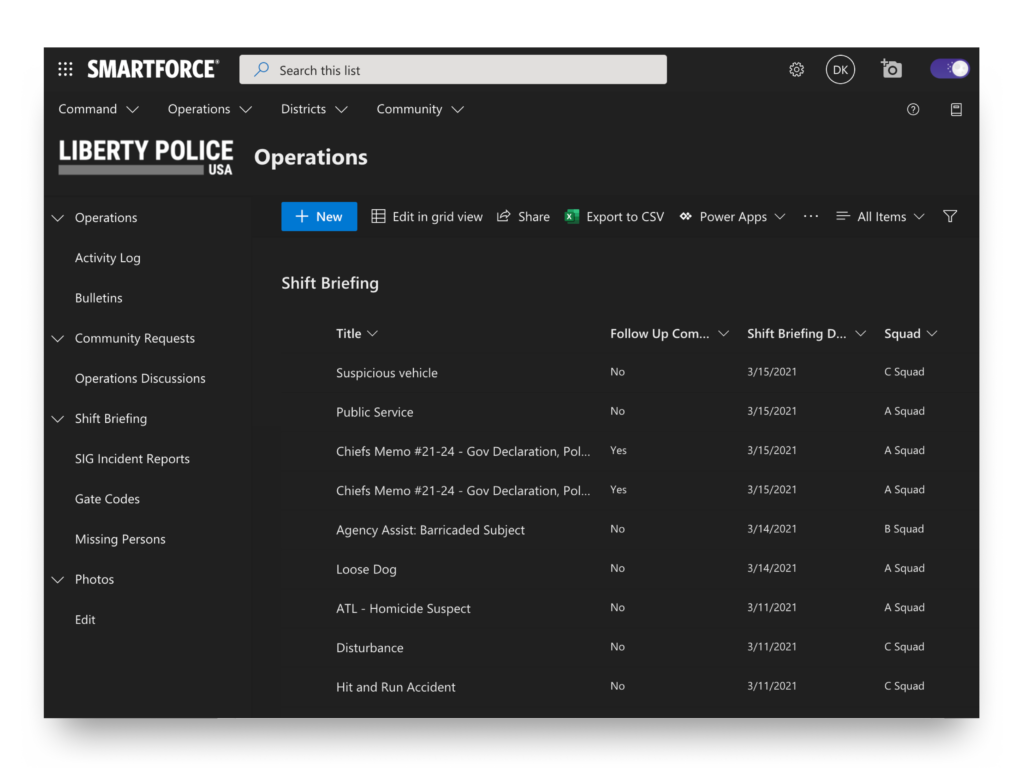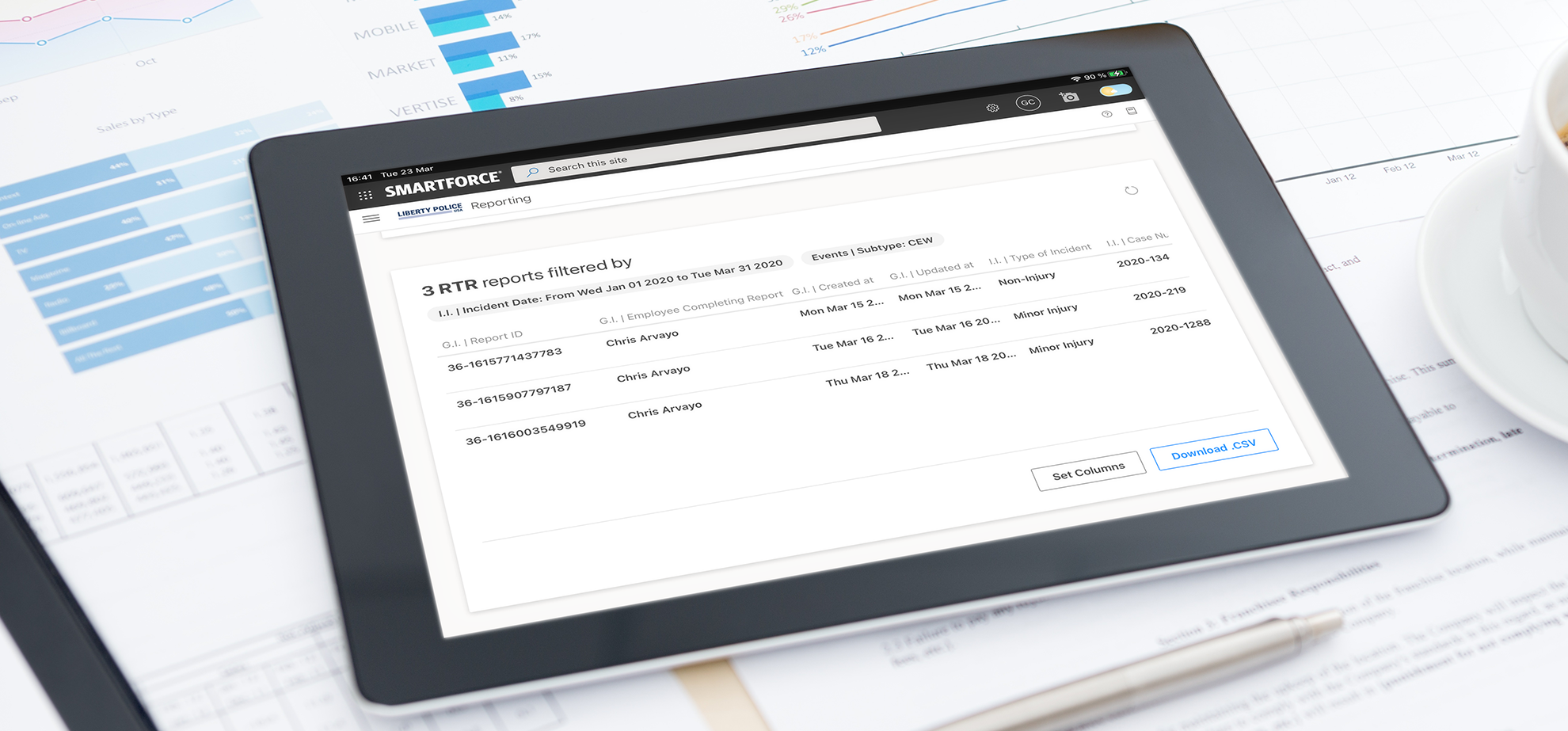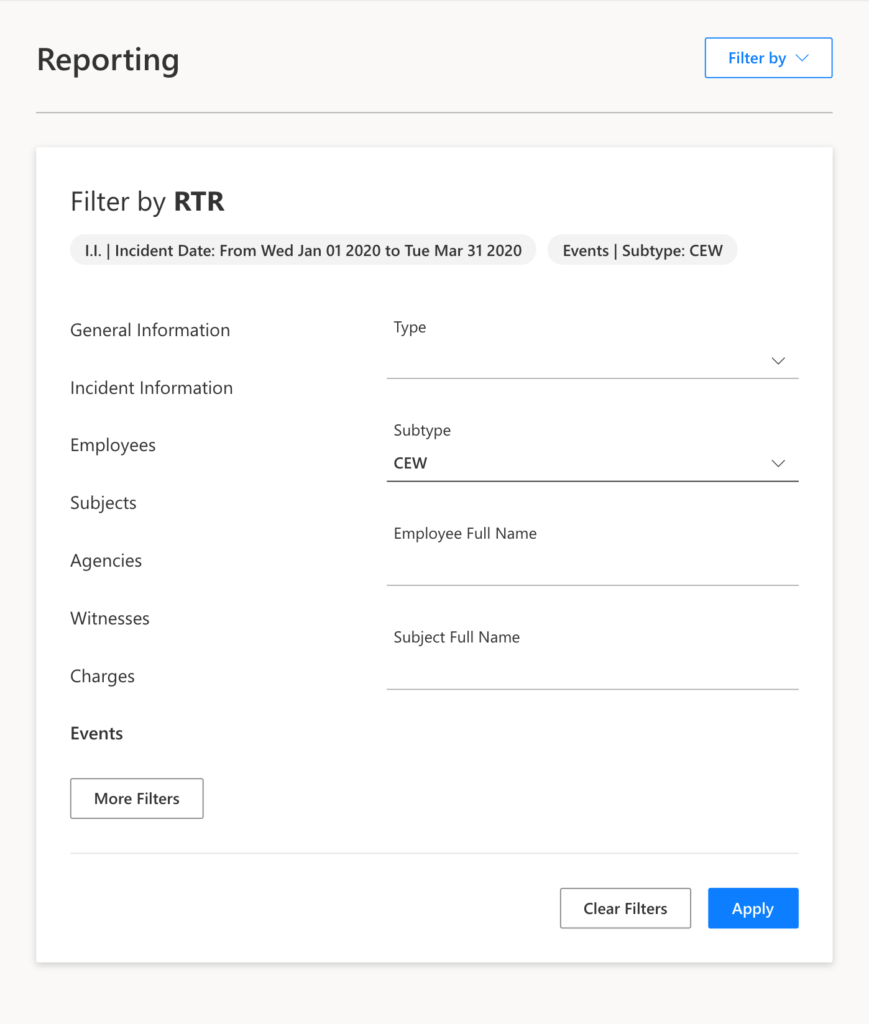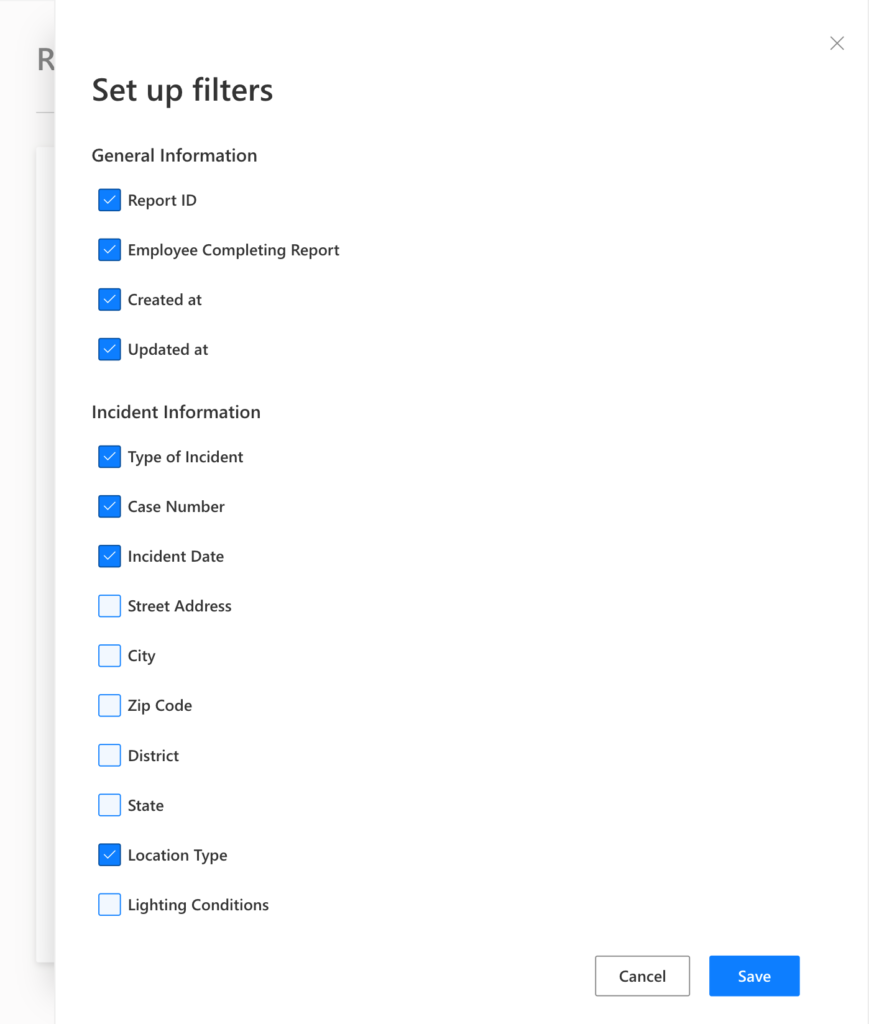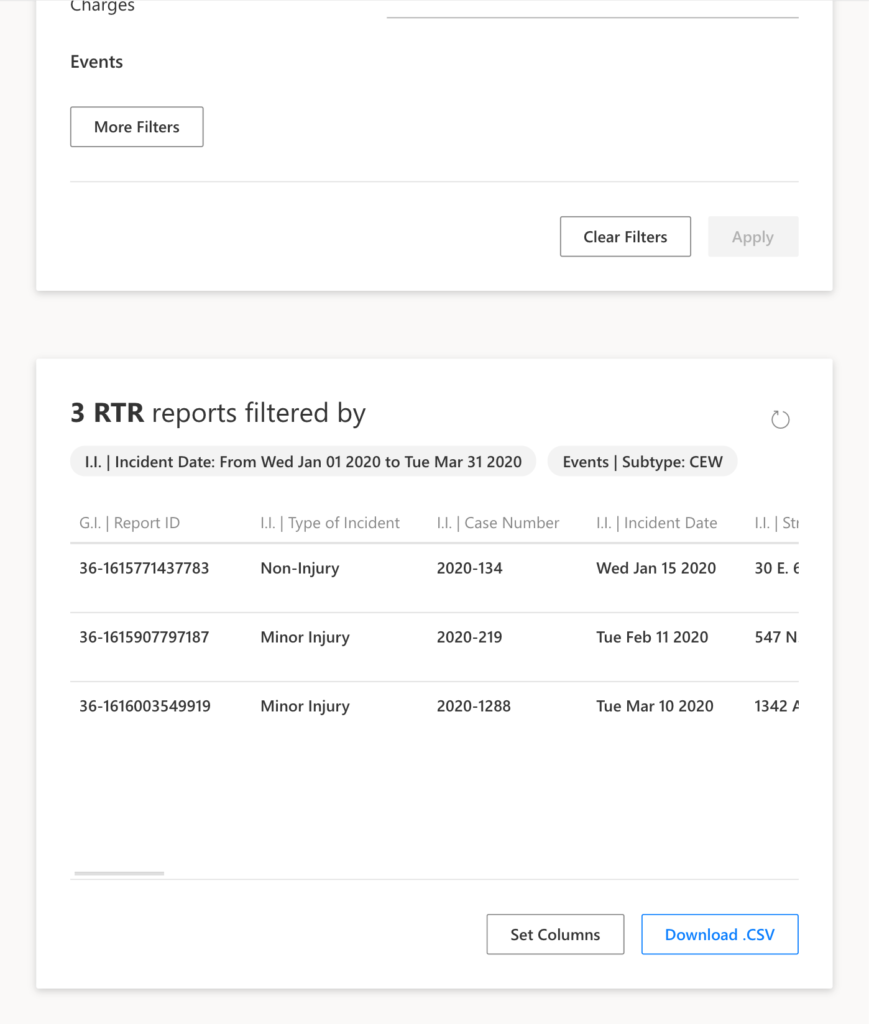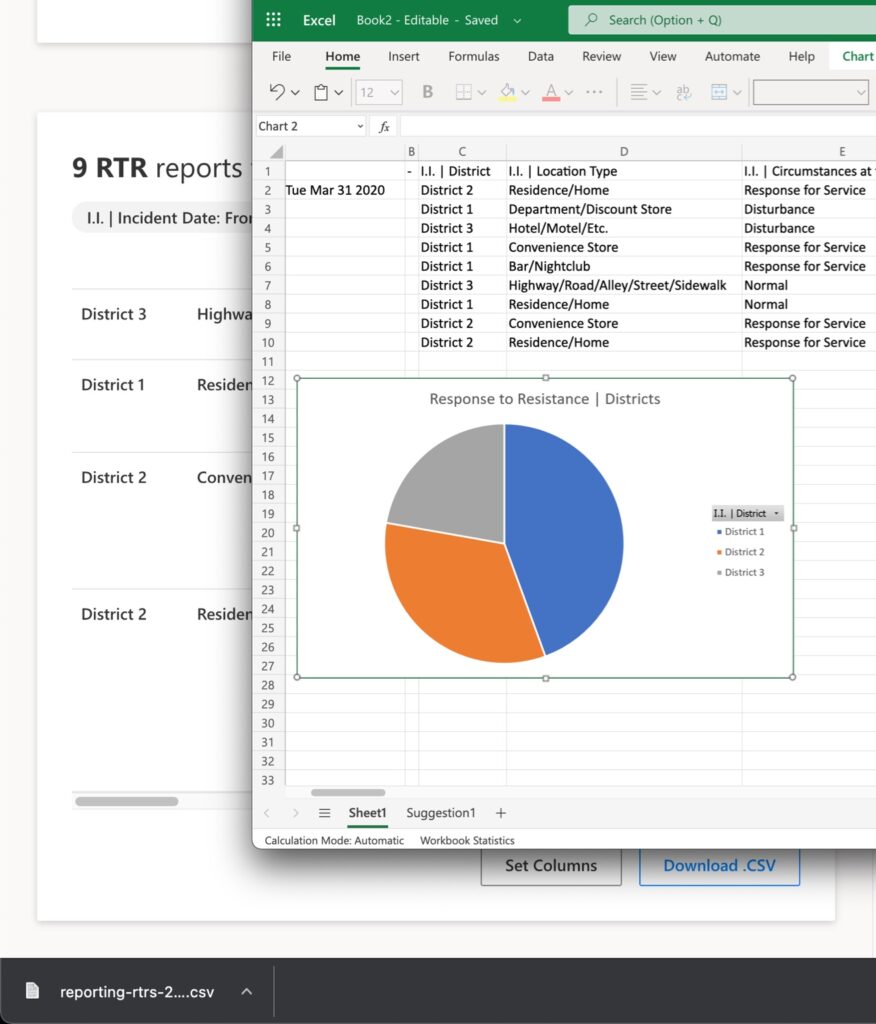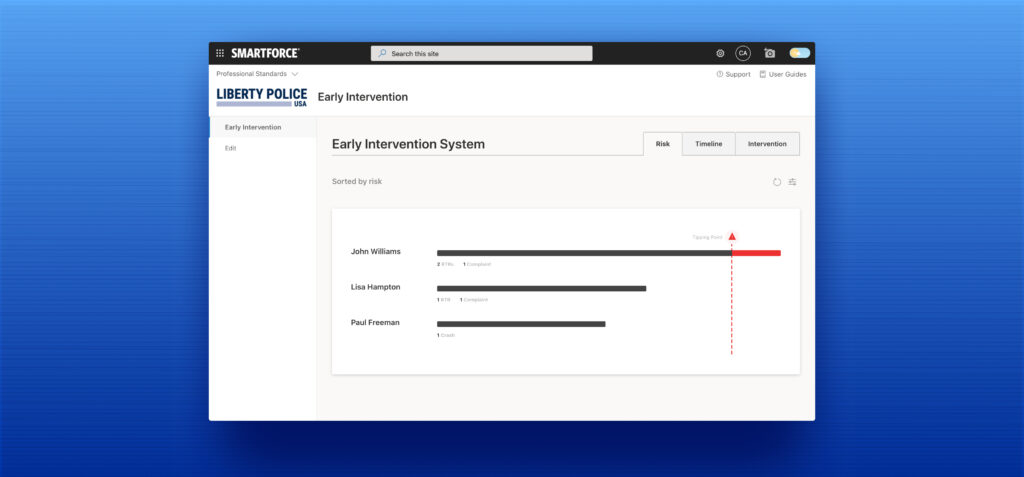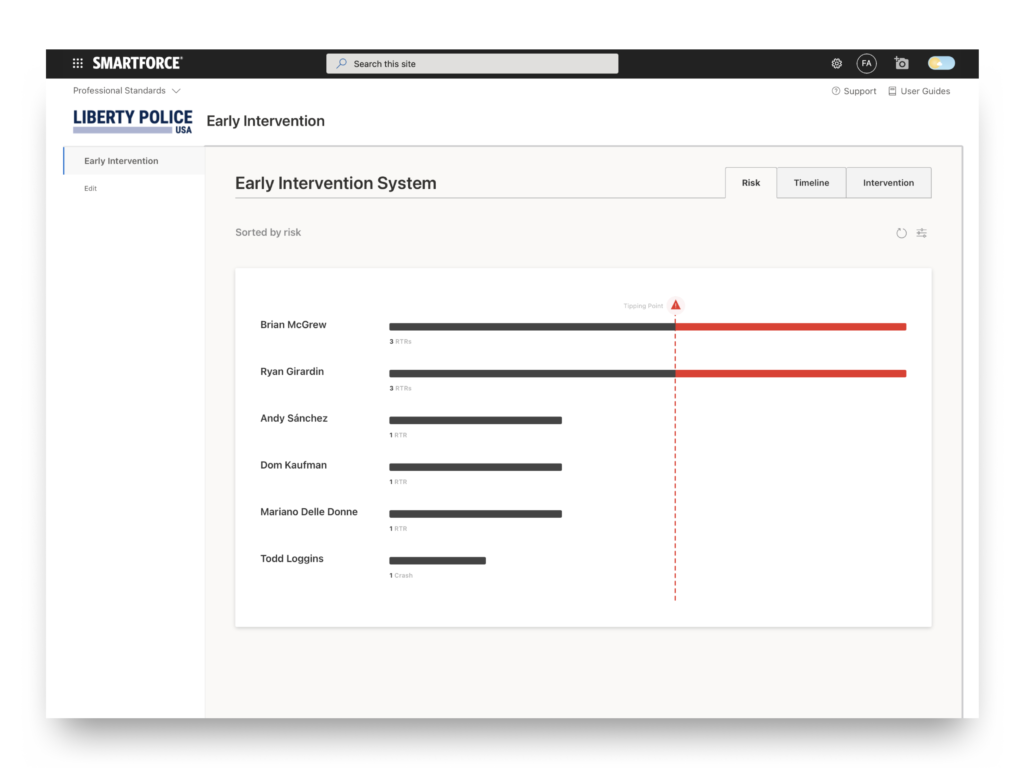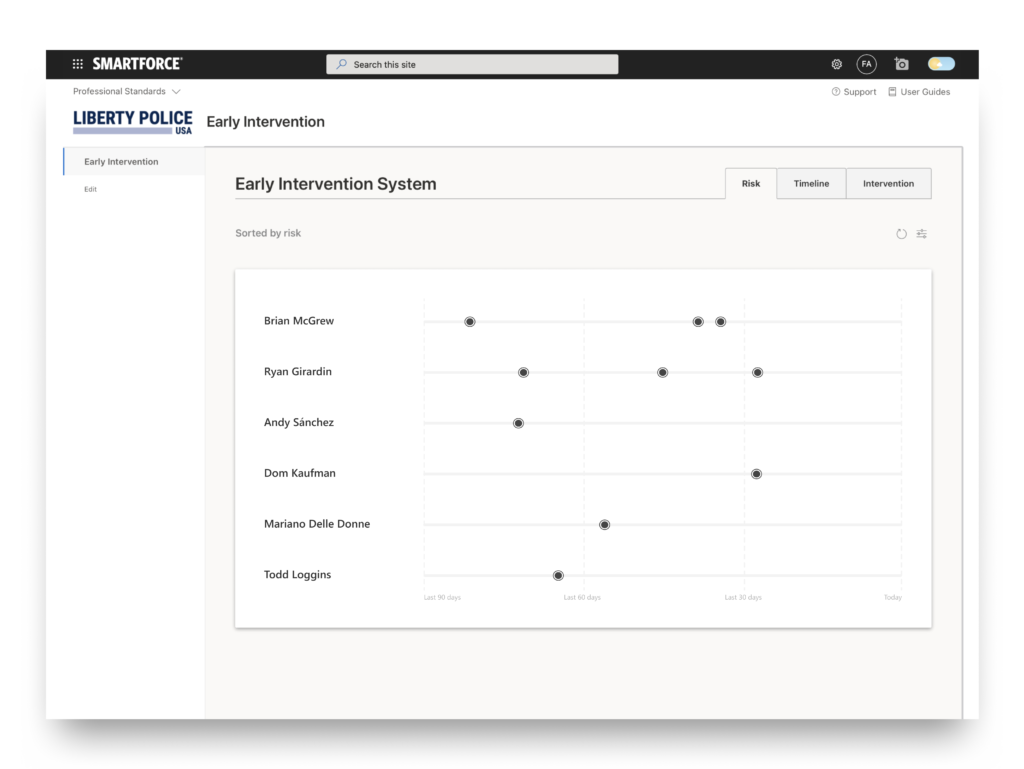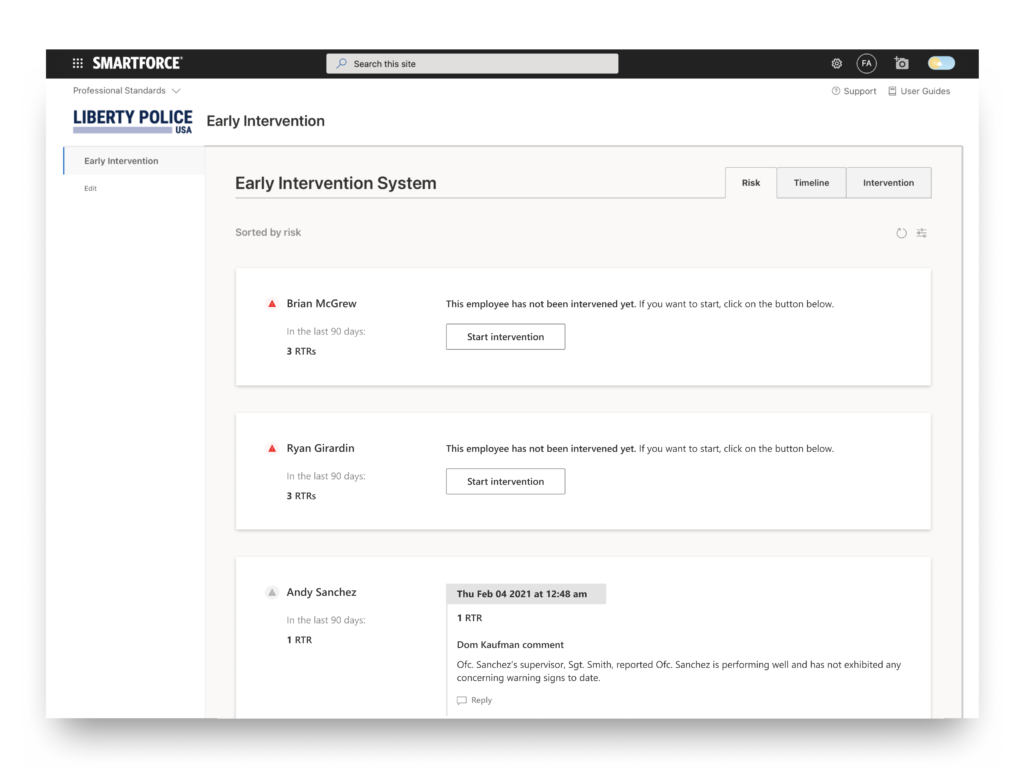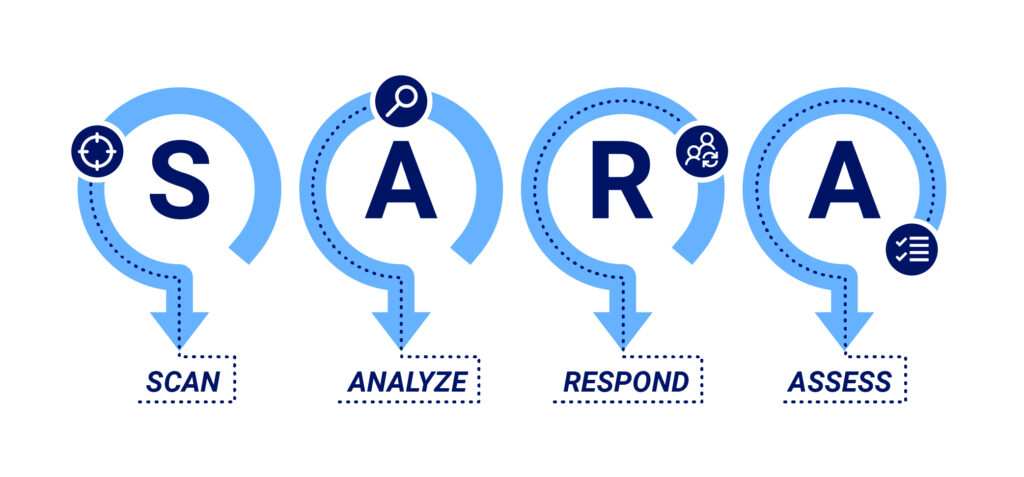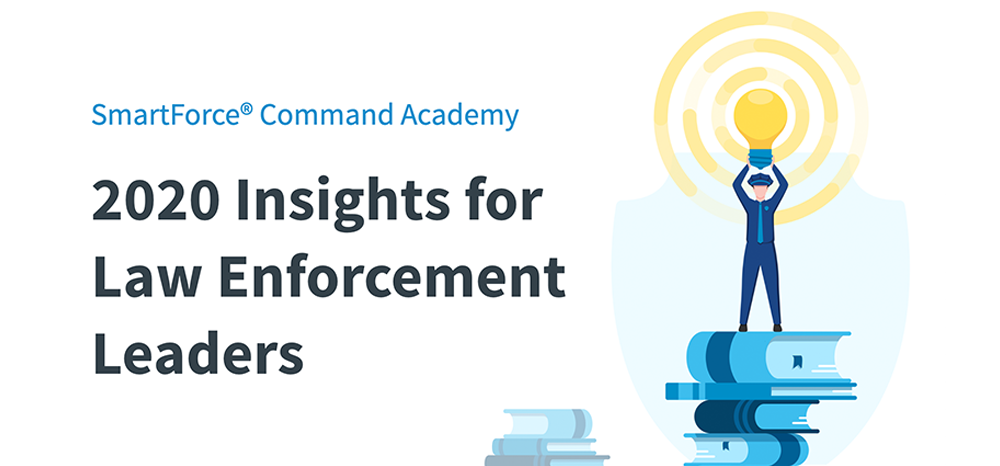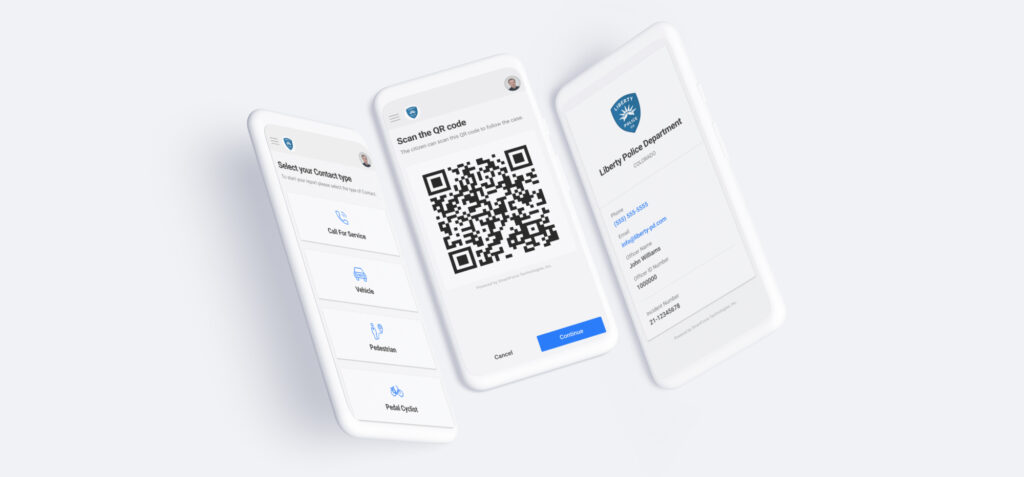
Law enforcement organizations manage change and comply with new laws all the time and it’s not always easy. In Colorado, Senate Bill 217 requires all agencies to report citizen contact collections originally slated to be in effect in January of 2023. A more recent bill, House Bill 1250 from the last legislature moves that deadline to April of 2022. That means local jurisdictions have about 3 months to be ready for full compliance, 8 months sooner than originally expected. To support local law enforcement, SmartForce® built a brand-new tool called CitizenContact for the specific purpose of collecting contact data and submitting it in the required format to the state. If you are a Colorado Chief or Law Enforcement leader, here are 3 reasons CitizenContact is right for your agency:
- We’ve taken the guesswork out of compliance for you.
- It’s FREE!
- It’s a tool that simplifies data transparency and helps build community trust.
We’ve taken the guesswork out of compliance for you. There are plenty of new requirements to be aware of in SB 217 and other laws. We built a system that complies to the letter of the law. Our team is made of former law enforcement officers, compliance experts, and knowledgeable computer engineers. SmartForce’s products are the result of these expertise, ensuring they meet your needs. For example, CitizenContact© is made so that the data your officers collect is the right data as mandated by SB 217, accessible while they are still on site and shareable with the citizen contact they made. Most importantly, the data is exported to the Division of Criminal Justice in compliance with their format (JSON, Flat file, shared securely, etc.). We are in the weeds with you to navigate through these complex changes and will do it right.
It’s FREE! Law Enforcement Officers are constantly doing more with less – meeting new mandates with no new resources. Regardless of the size of your agency, chances are you don’t have enough resources to quickly bring your whole department in line with all the requirements the way you would want. That is why we are offering CitizenContact for free. You have plenty of updating to do, let this advanced tool be the easy decision for contact data collection. We believe every agency should have access to the best technology that helps them fight crime and become more data-driven.
It’s a tool that simplifies data transparency and helps build community trust. With so many details to worry about and managing organization-wide change, it is not always easy to see how this change can serve your agency. Data can be a powerful tool to communicate about policing with the public, as well as combating crime. After all, submitting the new contact data in a specific way and format to the state really is about being able to see the picture of what is happening on the ground with officers. Those pictures include how hard officers work and the community members they help.
When SB 217 was originally passed, we along with you thought we had until January of 2023 to figure out new solutions to the mandates. Then, HB 1250 moved that timeline up and our deadline moved up along with yours. I’m quite proud of how agile our team was in responding to this new timeline and got the application ready and tested by local jurisdictions. The team has had to monitor changes in laws through the development process and will continue to do so. The more Colorado agencies we have using CitizenContact, the more we believe the state will be ready to meet not only the requirements, but also the call for more transparency and public trust.
The CitizenContact application has already been piloted in dozens of Colorado Law Enforcement agencies. Chief Jack Cauley of Castle Rock Police Department endorses it for his neighboring jurisdictions because it is “very easy to use and streamline[s] citizen collection per Senate Bill 217.” This kind of close collaboration with local jurisdictions is what our team thrives on. We believe our software products like CitizenContact have a vital role to play in the larger context of ethical policing that engages the community as partners. These are the larger conversations that SmartForce wants to be engaged in with you in the coming weeks.
For now, we know CitizenContact is saving jurisdictions time and we are curious to learn exactly how much time. Have you tried using another method in your agency to collect contact data? How much time and what challenges have you run into? What other functionalities are you wishing you had? We have already gotten requests for use of advanced use of force tracking, complaints management and more. We always want to learn about what’s going on in your agency, so we can better meet your needs.
To get started with CitizenContact please contact us at info@smartforcetech.com

